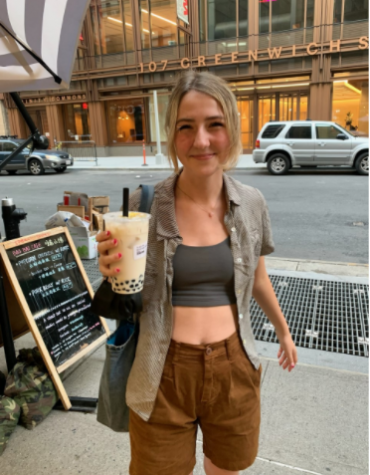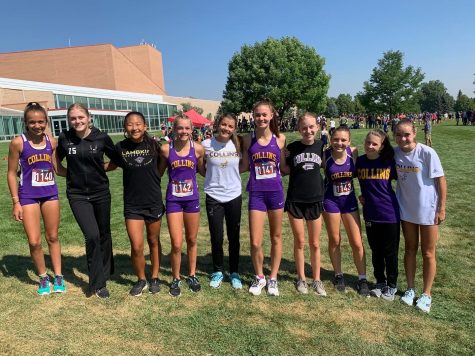Media representations of sexual assault harm marginalized audiences
November 18, 2021
Editor’s Note: Throughout this article there are mentions of sexual assault that may be triggering to some readers, please read at your own discretion and take care of yourself!
This Halloween, all of my friends piled into my basement, with one goal. We wanted to watch a scary movie, a really scary movie, in order to properly celebrate. And so we began our horror film of choice, “The Hills Have Eyes,” in which a family gets stuck in the desert, and is preyed upon by flesh-eating mutant monsters. At first the movie seemed to be nothing out of the ordinary. It contained all of the bad scary movie cliches, eerie music, scary shadows, etc. And then, in the middle of the movie, something happened outside of the typical movie gore and terror.
One of the main characters, a young girl, was raped. And all of a sudden, I didn’t feel scared — at least not in the way we are supposed to feel scared on Halloween. I didn’t feel the giggly fear that makes a viewer nervous and excited and jump right out of their seat. I felt a deep sense of dread and disgust. I was sad. I didn’t want to watch anymore. I was watching my worst fear, something that has been ingrained in my brain to be scared of since I was a little girl, happen right in front of me.
Scenes like this are not a rarity within film and television shows. They show up everywhere: within horror genres, within fantasy (such as “Game of Thrones”), within dramas (such as “13 Reasons Why”), and on and on. Rape scenes are common, but they serve only to traumatize the viewer. Explicit scenes such as the ones mentioned above are almost never followed up by a meaningful talk about the actual effects of sexual assault on survivors, how to prevent sexual assault, or how to support rape survivors. These scenes are only a tactic for film producers (of which 73% in the field are male) to exploit an entire gender’s deepest, darkest fears.
The people who are filming and producing scenes like these are profiting off of disadvantaged groups’ trauma. Sexual assault is not a rare occurence, as much as we may like to think it is. 1 out of every 6 American women has been the victim sexual assault in her lifetime, and LGBTQ+ populations experience sexual violence at higher rates than straight people. Minority groups are experiencing sexual assault at a disporportionate rate, and by recreating this suffering on the big screen, producers contribute to this trauma.
Sexual assault is not an event to be dramatized or exploited for a cheap scare. Rape should not be used as a jump scare, or a villain origin story, or a plot point. When the subject of sexual assault is treated this way, viewers become desensitized to it. Desensitizing populations who are less likely to experience rape, such as straight white men, completely invalidates and disregards the real trauma of sexual assault survivors.
The subject of sexual assault is important and should be discussed in real ways on screen, but showing explicit scenes of vulnerable people suffering and traumatized is not the right way to do it. We need to be changing the conversation around sexual assault on screen, focusing more on how to support survivors and how to prevent acts of sexual assault, and less on traumatizing viewers with explicit and unneccessary scenes.


